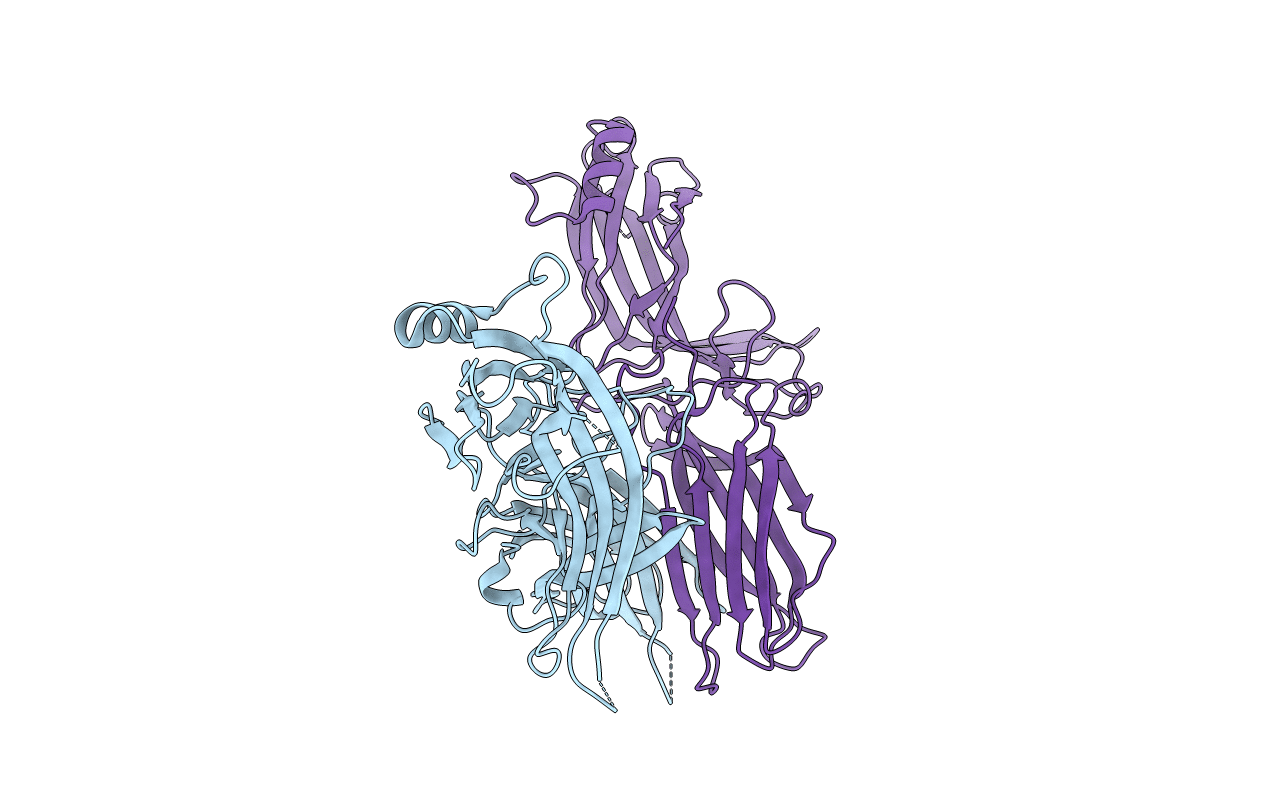
Deposition Date
2013-02-05
Release Date
2013-05-01
Last Version Date
2023-09-20
Entry Detail
PDB ID:
4J2Q
Keywords:
Title:
Crystal structure of C-terminally truncated arrestin reveals mechanism of arrestin activation
Biological Source:
Source Organism:
Bos taurus (Taxon ID: 9913)
Host Organism:
Method Details:
Experimental Method:
Resolution:
3.00 Å
R-Value Free:
0.27
R-Value Work:
0.24
R-Value Observed:
0.24
Space Group:
P 61 2 2


